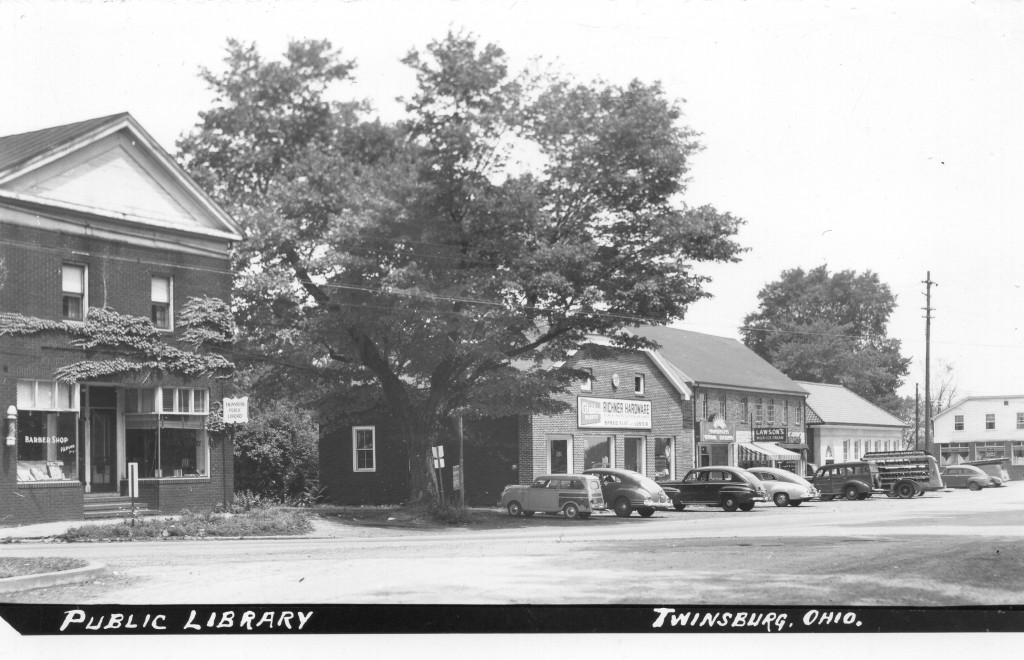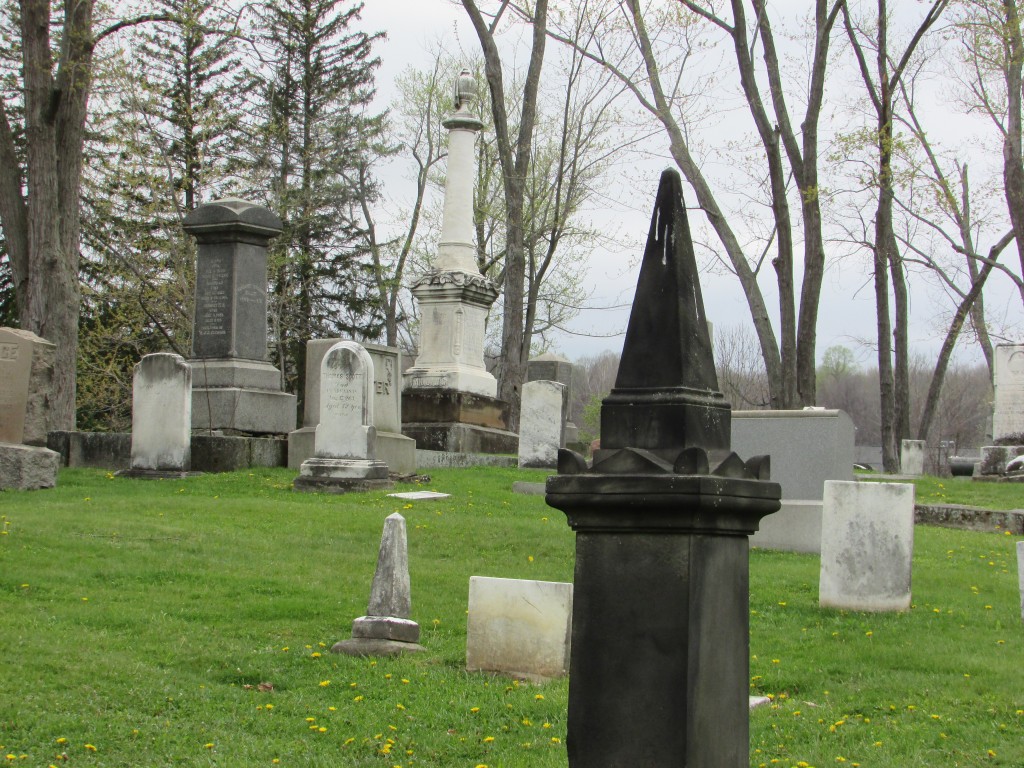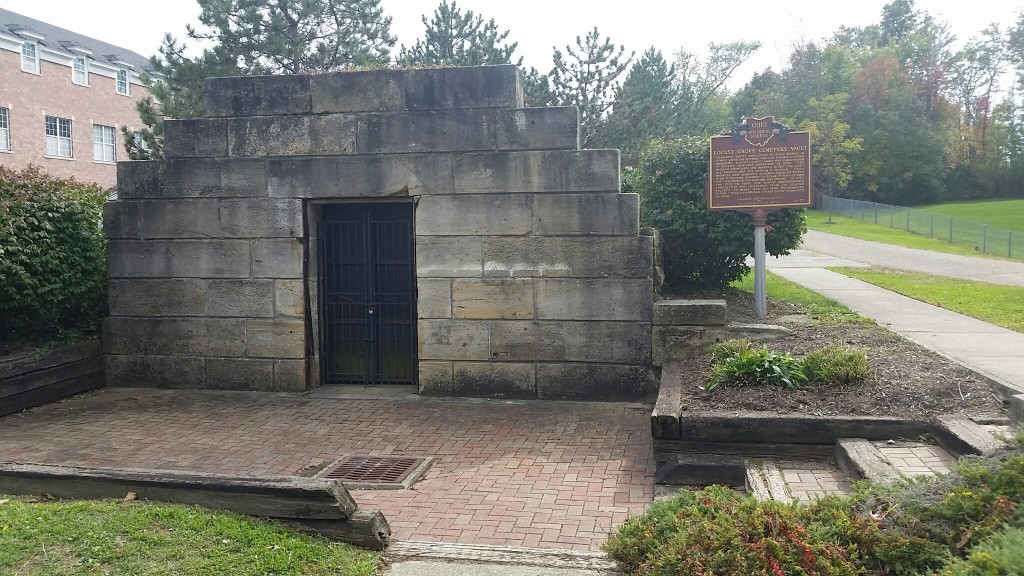Courtesy of Logan Powaski
Lake Plata
Courtesy of Dale Diersing
First Twins Days, 1976
Courtesy of James Kizak
Richner Hardware
Few men or women can boast a lifetime as long as that of the locally owned Richner Hardware. For most of the twentieth century, the little store stood as a brick-andmortar reminder that quaint towns could hold on to remnants of their past, even when facing competition from larger competitors. Richner’s was a fixture of Twinsburg: a place where you could rest assured you’d run into someone you knew.
Opened in 1919 by Charles Richner and his sons Edward and George, the small hardware store occupied a rather ordinary two-tone building, once the storefront for the Crouse Tin Shop. The store kept long hours, operating from 7 a.m. to 10 p.m. all week. The old storefront received a facelift in the 1940s, with a red brick facade visible in photos and postcards of the era. The business proved a success and eventually found company in Lawson’s Ice Cream and Roseberry’s Department Store, both just east of the hardware store.

Courtesy of the Twinsburg Historical Society
Eventually outgrowing its original location near the corner of Darrow and Ravenna roads, the store was replaced by a new structure in 1962. Decade after decade passed and the store changed hands within the family. Time would eventually necessitate the construction of a third building, but all things come to an end and Richner Hardware proved no match for the movement of time. Closing their doors after 95 ty-five years of family-owned and -operated service, Richner’s succumbed to competition from big-box stores and the diversity of goods for sale at nearly every grocer. When interviewed as part of the bicentennial celebrations, dozens of individuals recalled stories and memories of the little hardware store.
Motorcycle Collision
Two lives collided along the byways south of Twinsburg on an early morning in 1913. Two men unaware of one another, raced toward an arbitrary spot where their lives would end at 90mph. As they headed toward one another, William Thompson of Akron, and Frank Novak of Cleveland, collided. Blame was placed on Frank Novak and his faulty motorcycle. Having left that morning from Cleveland intending to participate in an endurance run to Youngstown, the young Mr. Novak soon began experiencing mechanical problems. A short break outside Twinsburg gave him time to look over the motorcycle and make a few quick adjustments.
Assuming he had corrected the issue, he jumped back on his motorcycle and took off, intent on catching up to his fellow riders. At the moment Mr. Novak lost control, his bike veered into Thompson; the force of the collision sent each man flying from his machine. According to news reports, “Thompson was found by Mrs. Hoff unconscious and bleeding from a dozen wounds. Novak had retained consciousness, but was unable to speak.”
Residents in the vicinity of the collision reached Dr. R.B. Chamberlain by phone. He wasted little time, making it to the two men as quickly as possible. Thompson died quickly. Novak held on a bit longer, dying en route to the hospital.
Locust Grove Cemetery
Amidst the locust trees that canopy these burial grounds reside the final resting places of many prominent locals and founders. Weathered headstones of granite, sandstone, and embrittled metal dot the rolling hillside, recording biographical information, epitaphs, and the last messages of individuals including Reverend Samuel Bissell, Ethan Alling, and both Wilcox twins: a veritable who’s who of Twinsburg royalty.
The sandstone vault standing sentry at the entrance was born out of necessity, as the earth proved too difficult to hollow during the winter for the recently deceased. Bodies would lie there in waiting until the biting cold of winter receded and the ground thawed. Eventually, the need it once served waned, and it took on a more historic role in the community. In 1997, the edifice and its 138 tons of locally quarried stone were shifted to make way for land redevelopment, squeezing and confining the hallowed grounds to their current configuration.

Photo courtesy of Kieth A. Peppers
As for the rest of the cemetery, Locust Grove has played host to activities including historical reenactments portraying prominent figures from the past. As autumn approaches and the leaves change, local reenactors converge on the site once again to the delight of spectators as they provide lantern-lit tours, weaving well-known stories for the groups wandering among the gravestones.

Courtesy of Kieth A. Peppers
Twinsburg “Fireman”
Courtesy of Paul Harvey
Rudd Farm Fire
The Rudd Farm fire consumed everything, leaving William A. Rudd and James Miller with only a story to tell. In its wake, nearly four dozen horses and cows succumb to the flames, nearby farming equipment was destroyed, and the barn housing it all was reduced to a smoldering pile of ash. The barn belonged to Rudd while the contents were the property of Miller. Suspicion fell on the so-called “tramps” who road the railways and took shelter wherever a safe rest was likely to be had. In 1901, the financial loss was estimated to surpass $5000, a significant amount to watch disappear in a puff of smoke.